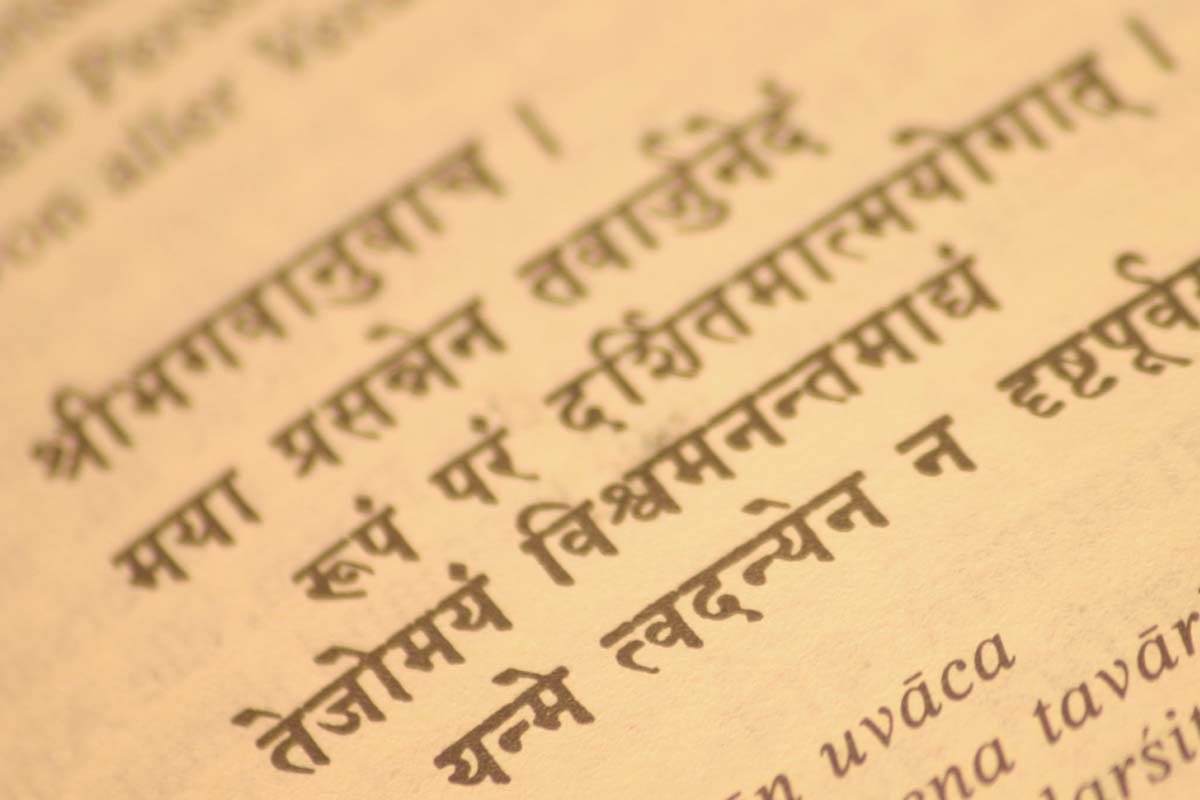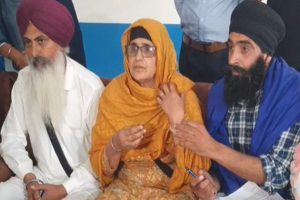Language has always been a very powerful tool in the evolution and development of any civilisational entity. It has often been successfully harnessed for uniting or diving people as once witnessed in the subcontinent. It was the basis of the ‘divide and rule’ policy of the British, resulting in the emaciation and eventual colonisation of the glorious Indian civilization. Linguistic feud and persecution was one major factor behind the creation of Bangladesh. It was the language-based solidarity movement which led to the emergence of several states since Independence in 1947.
In fact, the linguistic chauvinism and the related agitation almost led to the unravelling of the nascent Indian state at one point of time, but it was India’s consociational politics, welfare policies and distributive justice steered by its founding fathers that turned this weakness into strength. However, the language debate is still raging given the Hindi hegemony or its top-down imposition often lurking and looming on the horizon from time to time. India is one country where umpteen languages and dialects are spoken. Most of these languages have survived and evolved by dint of their individual strength and in their own respective ways.
As per the 2011 Census, 19,569 languages were recorded as the mother tongue. While there are 22 official languages listed in the 8th Schedule of the Constitution, the number of actually spoken languages and dialects was 1652, according to the 1961 Census. Many of us have a fascination for learning newer languages. And one such language which should readily influence us is Sanskrit. I, for one, picked up the basics of this beautiful language way back in the early 1980s during my school days.
Fortunately, I cut my teeth on Sanskrit at the hands of one Latika Renu (the third spouse of the legendary Hindi litterateur Phanishwar Nath Renu). One really enjoyed her classes in the semigovernment school named Ram Mohan Roy Seminary in Patna, established and run by the Brahmo Samaj. Belonging to the Indo-European, Indo-Iranian and Indo- Aryan family of languages, Sanskrit is one of India’s 22 official languages. While it was spoken as the mother tongue only by 14000 Indians as per the 2001 Census, the number increased to 24,821, going by the 2011 Census.
However, Sanskrit is widely used all over India and beyond as a language for various religious and ceremonial rites and rituals by Hindus, Buddhists and Jains. Even though the number of people actually registering Sanskrit as the mother tongue appears really meagre in a country of over 1.3 billion people, still the number actually conversant and capable of speaking the language is estimated to run into millions. While Latin as a ceremonial language of the Europeans may have met with a worse fate, Sanskrit as a language has somehow been surviving in this country.
Sanskrit is not only taught and pursued as a subject in hundreds of educational institutions across India, it survives also because of the few dedicated language purists who are trying to revive and promote this classical Indian language with their relentless efforts. Organisations like Rashtriya Sanskrit Sansthan and Sanskrit Bharati led by the likes of Chamu Krishna Shashtri, Kutumba Shashtri and many other stalwarts have ensured that Sanskrit becomes much more acceptable than it ever was.
Unfortunately, just as Urdu is wrongly associated with Muslims despite having originated and developed in India, so too is Sanskrit is wrongly associated with Hindus and viewed as a language belonging to a particular religion ~ a perception that is grossly inaccurate. Sanskrit is richer than Hindi and many other Indian or European languages. While Hindi traces its origin to Hindustani, which originated and evolved during 900-1100 AD, actual Hindi actually developed as a distinct language only in the 18th century.
So, while Hindi can claim to be as old as 1000 years (if we treat Hindustani as its variant and original precursor and progenitor), the history of Sanskrit goes as far back as 4000 to 6000 years. And as such its literature and the knowledge enshrined therein is much richer than one could ever imagine or find in any other classical language. But for some strange reason, we have deliberately allowed it to rot in the wilderness, leaving it to the mercy and goodwill of some valiant language warriors.
Today, Sanskrit as a language does not promise many avenues for a livelihood, apart from the job of a teacher in a school, college or university. However, there are said to be thousands of vacancies of Sanskrit teachers in educational institutions across India. These vacancies have been unfilled for years together. While not many new vacancies have been created, the sanctioned and existing vacancies have not been filled on some pretex. This has discouraged linguists from studying Sanskrit as an optional subject in school or college.
Despite the fact that it is an ‘easy-to-learnand- understand’ language with an extremely rich vocabulary, it is often referred to as a very difficult language, thereby discouraging fresh learners. Our pride over the Indian civilization, its rich cultural heritage and profound knowledge base would come to naught if we don’t really do something to aid and encourage the revival of this rich language for being better equipped for ferreting and foraging through its hugely richer literature.
It is true that a good number of such Sanskrit books have been translated into other languages, including Hindi. However, there still hundreds of thousands of untranslated manuscripts and literature which need to be read and publicised for further enriching our knowledge and acquaintance with our cultural roots. The fact of the matter is that whatever most of us know about ancient India and its rich cultural heritage is through secondary sources, brought before us through translated works. Very few of us have actually bothered to read the originals to fathom and appreciate the richness and profundity of the same. Every time one reads and studies such originals, one always comes across newer facts, information and insights because everyone’s understanding brings better elucidation and clarity about the knowledge contained therein.
Studies and practice have proven that many of the facts and insights in ancient Sanskrit literature on the subjects of medicine, law, mathematics, literature, music, drama, politics and statecraft, economics, architecture, science and commonsense understanding are still very germane, approximating contemporary wisdom. It is also a fact that while many of us remained aloof or cut off from some of the profound scientific and technological knowledge base hidden in ancient Sanskrit literature.
Many Western scientists and scholars have benefited from such knowledge; they have presented to the world the wisdom and inventions which were originally lifted and recycled from our ancient Sanskrit literature and manuscripts. While the imposition of Hindi as a national language has been opposed in certain parts of the country, Sanskrit could still have the potential to be a more acceptable lingua franca because almost every Indian language, except Tamil, traces its origin to Sanskrit.
The language deserves to be treated much better than it has been so far, more so when it has been called the best ‘computerable’ language. Sanskrit’s credentials to be a language of future India are definitely better and greater than we have realised so far. Its revival will not only renew and revive the pride in our own cultural heritage, but will also bring about spiritualism and the concept of a meaningful society and polity, thereby bringing order and peace all across the country, a desideratum for any developed society.
(The writer is an IAS officer, presently posted as Commissioner of School Education, West Bengal. The views expressed are personal and don’t reflect those of the Government)











